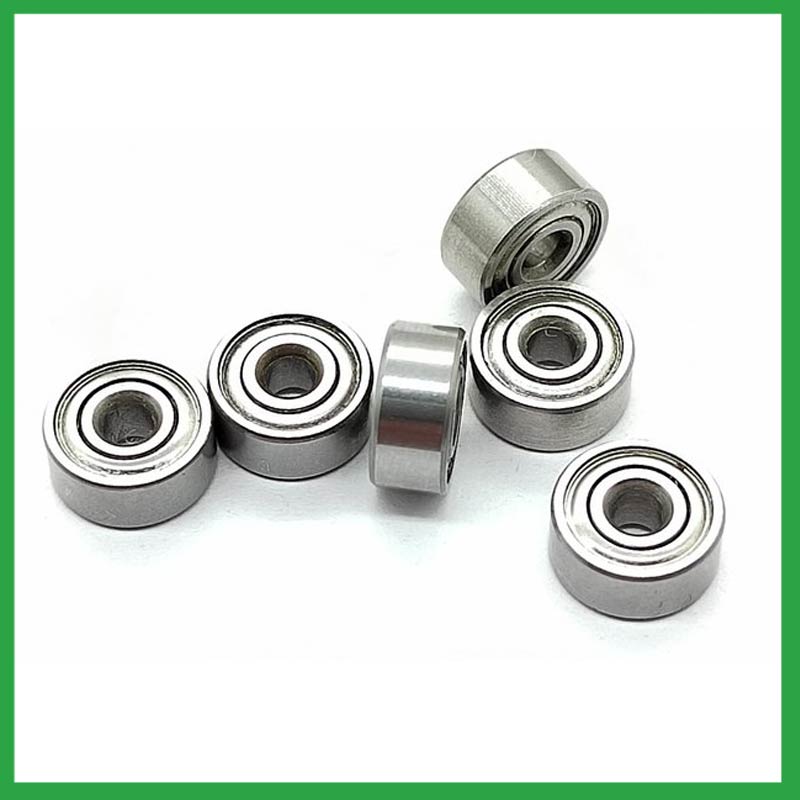PRODUCTS
CONTACT US
Ningbo Nide International Co., Ltd.
一一
· Contact person:Jack Zeng
· Mob/Whatspp/WeChat:0086-13738869026
· Email:emarketing@nide-group.com;marketing4@nide-group.com
· Add:No. 169, Wohushan Road, Daqi Subdistrict, Beilun District, Ningbo, China

Nide team could manufacture ball bearing as per customer’s drawing and samples.
If customer only has samples, we could also design drawing fo r our customer.
We also provide customized service.
Our ball bearing is widely applied the different industrials.
Established in 2010, Ningbo Haishu Nide International is a company devoted in the field of electric motors manufacturing, providing one-stop service for its customers. Nide has three main business divisions. The first division is to provide different kinds of motor manufacturing machinery, including stand along machine, fully-auto complete line for armature and stator production, and the motor assembly line. The second division is to supply the full range of insulation paper,magnet,shaft,carbon brush,ball bearing,motor cover and lamination,etc. The third division is to provide technical support and consulting, project support and turn-key service for some motor manufacturing.
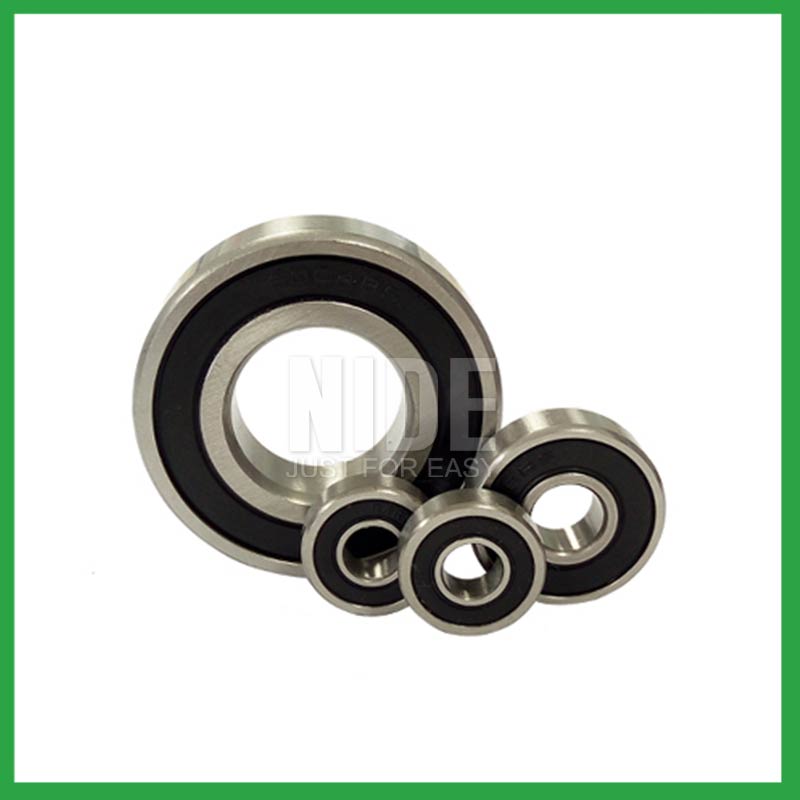
| Parameter | Information |
|---|---|
| Product Name | ball bearing attic fan motor |
| Brand Name | NIDE |
| Place of Origin | Ningbo,Zhejiang,China |
| Material | ceramics, etc. |
| Structure | Deep Groove |
| Color | Customized Color |
| Delivery Time | 5-7days |
| Port | Ningbo/Shanghai |
| Export region | Europe,America,Africa |
| Export Country | India,Brazil,South Korea,Tokelau,Falkland Islands,Papua New Guinea,Bangladesh...etc |
| Application | various industrial equipment, etc. |
| OEM/ODM | Acceptatble |
| Size | Customized size |
| Stock | In Stock |
| Feature | Good wear resistance,Low Noise...etc |
| MOQ | 10 pieeces(Specific according to the model) |
| Certification | ISO9001,CE-stator coil forming machine,CE-stator coil lacing machine,etc |
| Supply Ability | 100000-500000 Piece/Pieces per Month |
| Lubricate | Oil Grease |
| Packaging Details | Suitable for sea transportation |
| Lead time (days) | 15-20 (To be negotiated) |
Please note: The above table data is for reference only. For specific information, please contact us.
ball bearing attic fan motor is a component with a ball as the rolling element, consisting of an inner ring, an outer ring, and a ball. They form a closed raceway between the rings, and the ball rolls through a curved surface in the raceway.
During the disassembly process, the outer shell should be kept intact to avoid unnecessary damage;
When replacing installation components, attention should be paid to the accuracy of the support components to prevent deformation;
During the disassembly process, attention should be paid to protecting the surface quality of the ball bearing to ensure its performance;
During the operation, attention should be paid to removing surface dust to ensure the quality of the ball bearing.
Ball bearings have many advantages, making them highly competitive in the market.
Firstly, they are very durable and have good wear performance, making their service life longer than many other types of bearings.
Secondly, they are easy to install and can provide low friction performance in various applications.
Thirdly, they require a relatively low level of maintenance, making them cost-effective.
In addition, compared to many other types of bearings, their purchase cost is relatively low, making them an economical choice.




ball bearing attic fan motor---FAQs Guide
2.What are the considerations for selecting sealed or shielded ball bearing attic fan motor to protect against contamination and retain lubrication?
3.About ball bearing attic fan motor,Will you check the products before shipment?
4.Can ball bearing attic fan motor operate in high-temperature environments like industrial ovens or furnaces, and how are they protected from heat-related damage?
5.What is the typical noise level associated with ball bearing attic fan motor, and how are noise-reduction techniques applied?
6.Are there self-aligning ball bearing attic fan motor that accommodate misalignment and shaft deflection in rotating equipment?
7.How do preload adjustments in ball bearing attic fan motor affect their performance and suitability for high-precision tasks?
8.About ball bearing attic fan motor,What about the lead time?
9.How do different ball bearing attic fan motor designs, such as deep groove, angular contact, or thrust bearings, cater to specific applications?
10.Are there ongoing research and development efforts aimed at improving ball bearing attic fan motor materials, designs, and lubrication techniques?
11.Can ball bearing attic fan motor handle shock loads and high-impact conditions in heavy machinery?
12.What is the role of ball bearing attic fan motor in reducing friction and energy loss in rotating machinery?
13.What are the standard sizes and dimensions of ball bearing attic fan motor?
14.What are the considerations for choosing between open, shielded, or sealed ball bearing attic fan motor in specific applications?
15.What is the significance of ball bearing attic fan motor lubrication, and how does it affect bearing lifespan and performance?
1.Are there ceramic ball bearing attic fan motor designed for specific applications requiring high-temperature or corrosion resistance?
Ceramic ball bearing attic fan motor are a special type of bearing made of ceramic materials, offering superior wear resistance, corrosion resistance, and high-temperature performance. They provide excellent performance in applications requiring high speeds, high temperatures, and resistance to corrosion.
2.What are the considerations for selecting sealed or shielded ball bearing attic fan motor to protect against contamination and retain lubrication?
First, the environment in which your ball bearing attic fan motor operate in can help you identify potential contaminants, allowing you to select your shields or seals accordingly. For example, shielded bearings have a gap that can allow finer contaminants or water from washdown applications to enter the bearing and get into the raceways.The challenge for sealing bearings is to seal the bearing by protecting the bearing from contaminants and running efficiencies.
3.About ball bearing attic fan motor,Will you check the products before shipment?
Yes, We have a professional QC team. Products will be strictly inspection before shipment.
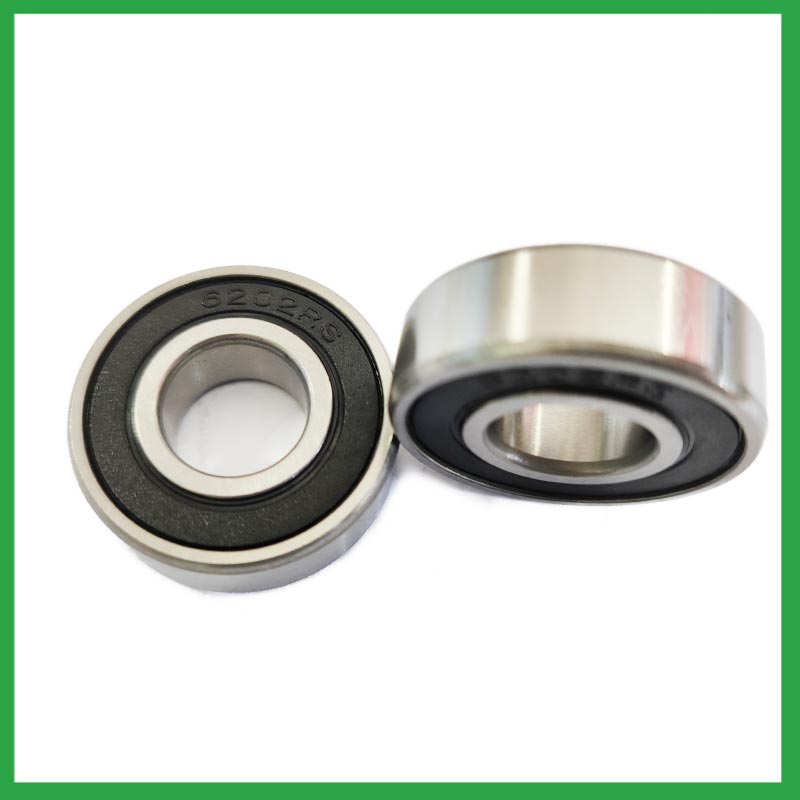
4.Can ball bearing attic fan motor operate in high-temperature environments like industrial ovens or furnaces, and how are they protected from heat-related damage?
ball bearing attic fan motor are capable of working at temperatures up to +842°F (+450 °C). Special lubricants, seals and coatings make this possible by protecting the ball bearings from heat damage.
5.What is the typical noise level associated with ball bearing attic fan motor, and how are noise-reduction techniques applied?
To measure in accurate way the ball bearing attic fan motor noise under rotation during their manufacturing process is a key activity particularly in the production of medium, small and ultra-small deep groove ball bearings. This capability in bearings noise analysis has become the real distinguishing element between a standard bearings noise equipment and a superior class one.
The various types of vibration and sound in rolling bearings can be grouped in four main categories: structural, manufacturing, handling and other. The structural vibration consists mostly of race, click, squeal and cage noise: it can be continuous or intermittent depending on specific cases. The manufacturing vibration is instead related to the waviness noise generated by the geometrical imperfections of inner and outer ring and of rolling elements, being always continuous in nature. The so-called handling vibration is normally associated with flaw and contamination and is generating – in most of the cases – irregular noise. Then there are other types of vibrabition that include noise generated by sealing and lubricant (irregular) or by runout (continuous).
6.Are there self-aligning ball bearing attic fan motor that accommodate misalignment and shaft deflection in rotating equipment?
These ball bearing attic fan motor are particularly suitable for applications where misalignment can arise from errors in mounting or shaft deflection. A variety of designs are available with cylindrical and taper bores, with seals and adapter sleeves and extended inner rings.
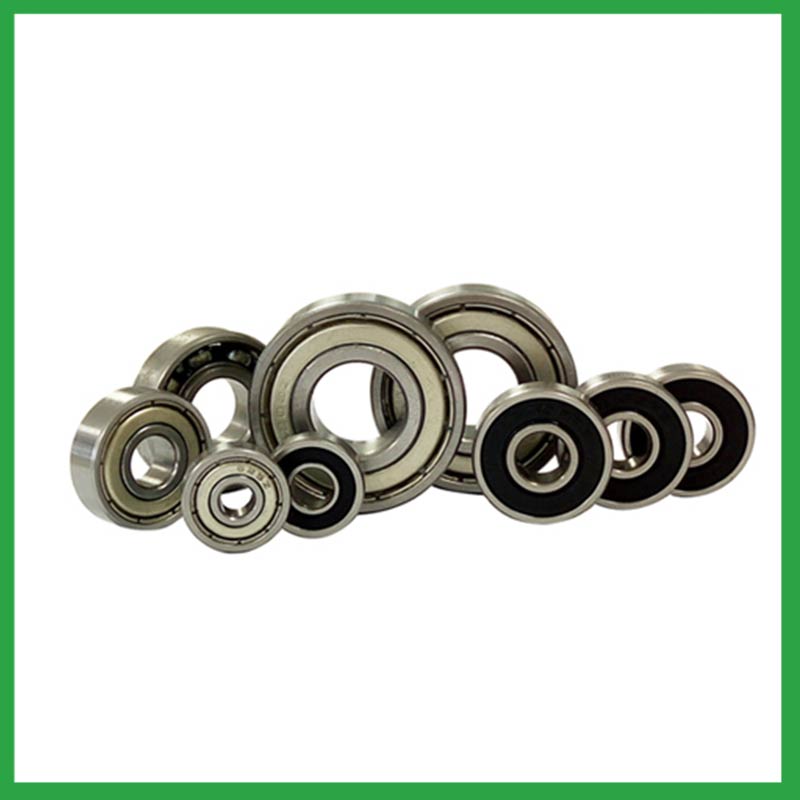
7.How do preload adjustments in ball bearing attic fan motor affect their performance and suitability for high-precision tasks?
Benefits of Preloading a Bearing
Optimizes the ball spin to roll ratio.
Increases the rigidity of an application.
Protects from excessive ball skidding.
Decreases application vibration and sliding friction.
High running accuracy (even if load conditions keep changing)
Increases bearing load capacity.
8.About ball bearing attic fan motor,What about the lead time?
3-7 days for samples, 3-4 weeks for mass production.
9.How do different ball bearing attic fan motor designs, such as deep groove, angular contact, or thrust bearings, cater to specific applications?
Deep groove ball bearing attic fan motor: Deep groove ball bearings are the most common type. They can handle both radial and axial loads. Angular contact ball bearings: Angular contact ball bearings have higher than average internal axial clearance. They can handle axial loads in one direction and moderate radial loads.
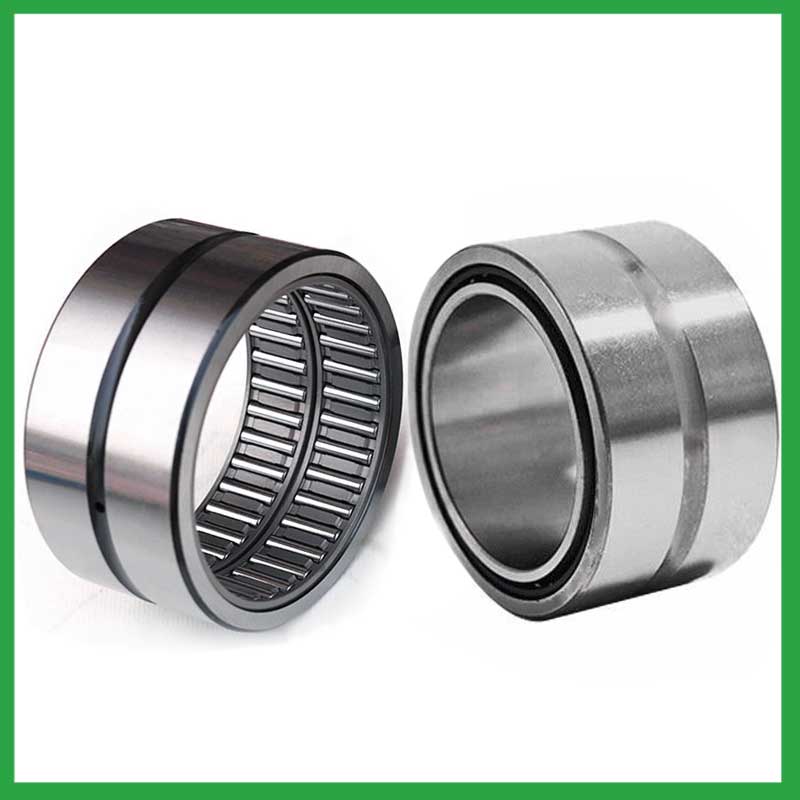
10.Are there ongoing research and development efforts aimed at improving ball bearing attic fan motor materials, designs, and lubrication techniques?
A custom ball bearing attic fan motor can satisfy almost any customer’s needs. Your application may need a needle roller or ball bearing, a radial or angular contact design, a plain carbon steel bearing with anti-corrosion coatings or stainless steel, a thrust bearing or a spherical bearing, tight or loose radial play, sealed or non-sealed designs
11.Can ball bearing attic fan motor handle shock loads and high-impact conditions in heavy machinery?
As a general rule, ball bearing attic fan motor are used at higher speeds and lighter loads than are roller bearings. Roller bearings perform better under shock and impact loading. Ball bearings tolerate misalignment better than roller bearings do. Roller bearings can handle heavy combined radial and thrust loads.
12.What is the role of ball bearing attic fan motor in reducing friction and energy loss in rotating machinery?
ball bearing attic fan motor reduce friction by using smooth balls lubricated with oil or grease that freely roll between a smooth inner and outer surface. The main concept of the ball bearing is that objects that roll past each other produce less friction than if the objects were sliding against each other.
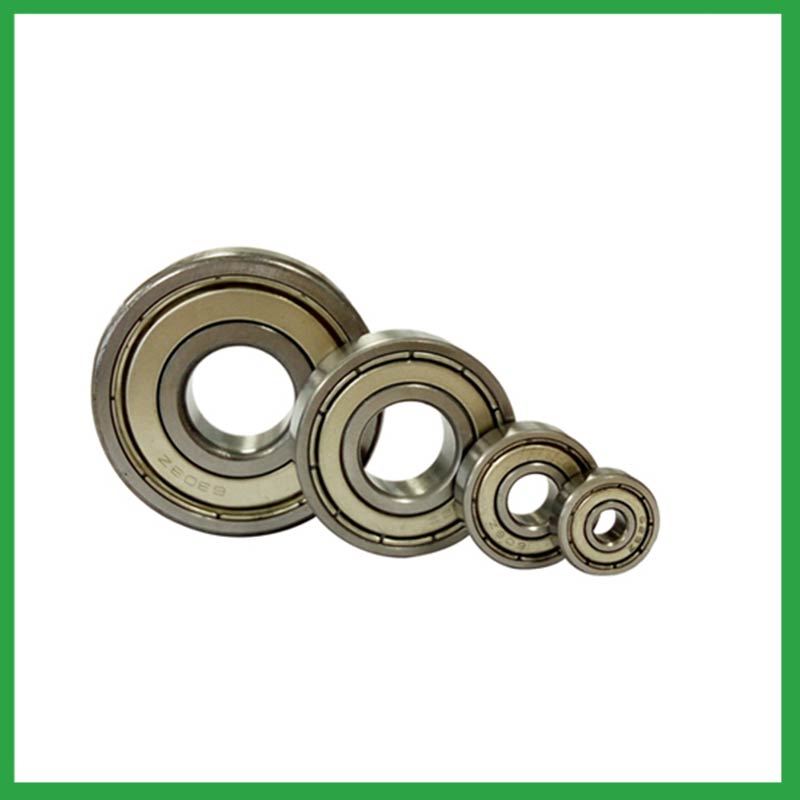
13.What are the standard sizes and dimensions of ball bearing attic fan motor?
ball bearing attic fan motor size charts are widely available, and can be used to find the measurements of a specific bearing. Series 6200 and 6300 are the most commonly used, and typically range from 10 x 30 x 9 mm (. 394 x 1.181 x . 354 in) to 150 x 320 x 65 mm (5.906 x 12.598 x 2.559 in).
14.What are the considerations for choosing between open, shielded, or sealed ball bearing attic fan motor in specific applications?
While sealed bearings offer superior protection and maintenance advantages, shielded ball bearing attic fan motor can be more suitable in situations where minimal friction and operating temperature are crucial. It's essential to assess the operational environment and demands before making a selection.
15.What is the significance of ball bearing attic fan motor lubrication, and how does it affect bearing lifespan and performance?
Bearing lubrication is vital for preserving the performance and lifespan of rolling element bearings. Lubrication helps separate moving parts relative to one another, such as rollers and raceways or balls, to prevent wear and tear and friction.
